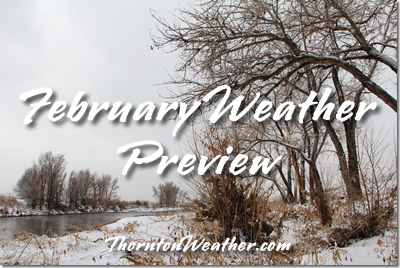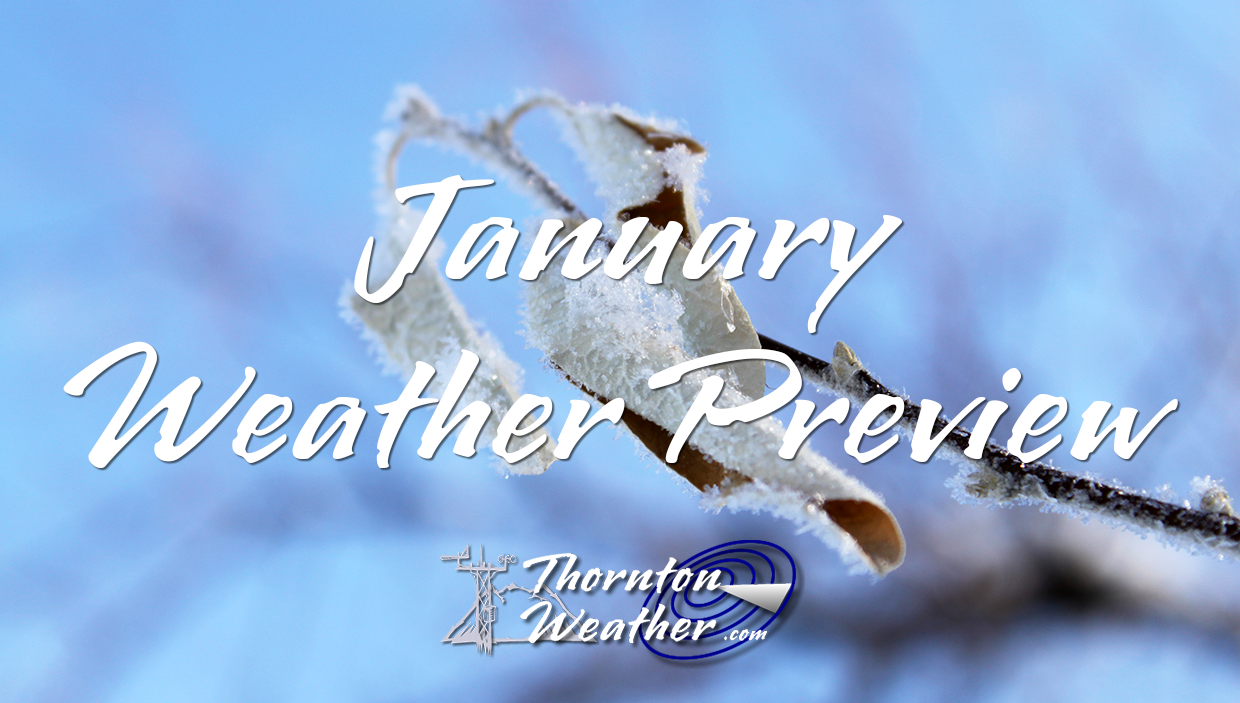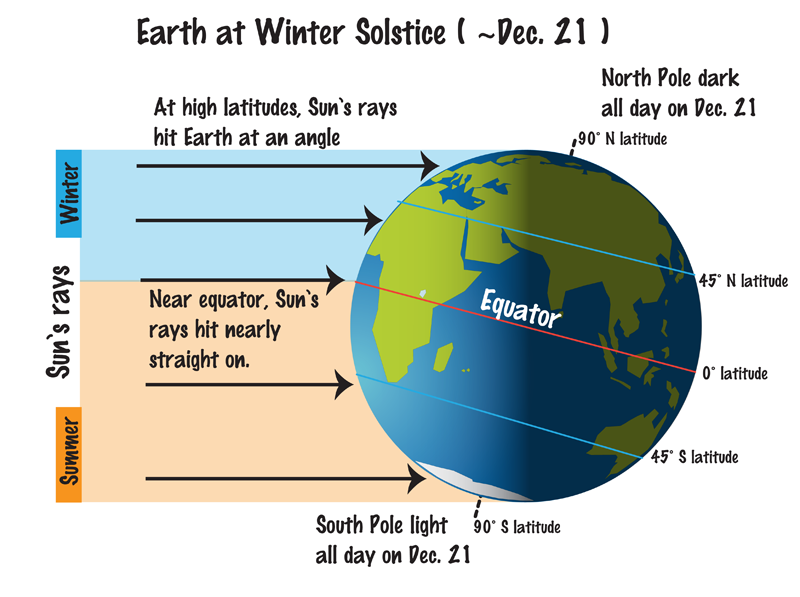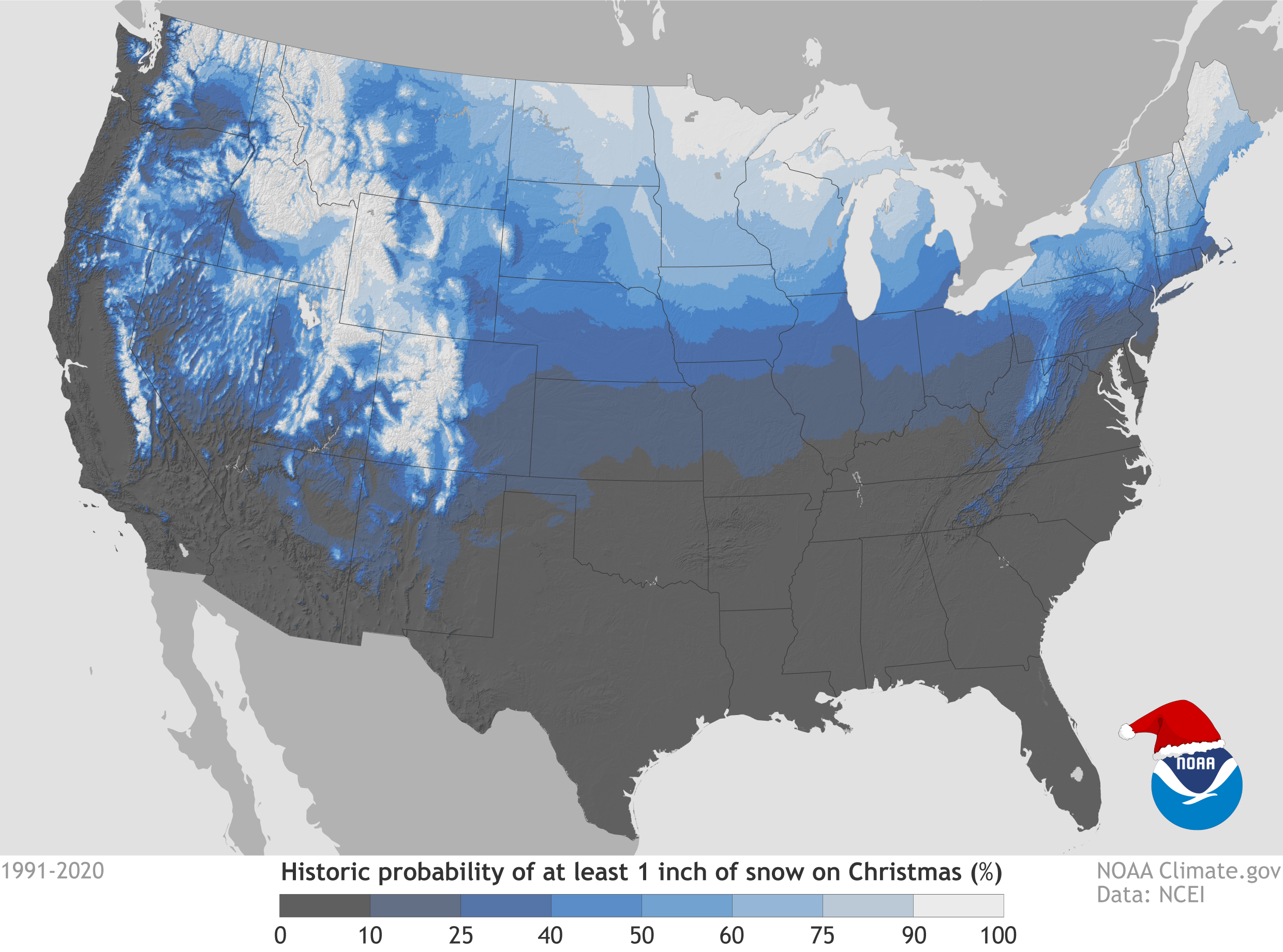
It is a running joke that we always see our coldest weather when the stock show is going on. For January 2025, it wasn’t just confined to that couple of weeks as we saw below normal temperatures dominate the entire month.
We started out with a few days of temperatures at or above normal then we turned colder. On the 7th of the month we saw our first snowfall of January. While only a few inches, it got us started on our way to more.
The next ten days were dry and temperatures seemed to moderate a bit. From there, we went downhill.
Two more shots of snow came on the 18th and 20th and we put together a few days of bone-chilling cold. Three days from the 18th to the 20th saw highs well below freezing and four nights with lows below zero.
The rest of the month was quiet, other than some more snow on the 25th. Half of the last ten days of the month saw below normal highs.
Average temperatures for the month in Thornton came in at an even 26.0 degrees. This was well below our 19-year running average for January of 30.4 degrees. It also put January 2025 into the books as the second coldest January over that period.
Our warmest reading of the month was the last day of it at 62 degrees. Our coldest was a -6.0 degree reading on the 19th.
Out at Denver International Airport where the Mile High City’s official readings are taken, temperatures were similar. Denver saw an average temperature for the month of 25.8 degrees. This in comparison to their long-term average for January of 31.7 degrees.
In terms of precipitation, the snow we received was dry, containing little moisture. Thornton recorded 0.30 inches, below our 0.42 inches 19-year running average.
Denver bested us on the precipitation front with 0.56 inches recorded at the airport. This was more than Denver’s long-term average for January of 0.38 inches.
As we mentioned, snowfall was generous with Thornton receiving 10.4 inches. This was well above our January average over the past 19 years of 6.6 inches.
Out at the airport, Denver saw 13.3 inches of the white stuff. That was almost exactly double the Mile High City’s long-term average for January of 6.6 inches.
Click here to view Thornton’s complete January 2025 climate summary report.




























































































































































